The worlds of home and school were made up of rules laid down by adults who had forgotten the feeling of what it means to be a kid but expected a kid to remember to be an adult --something he hadn’t gotten to yet.”
|
During my junior year at Island Trees High School, the Supreme Court argued the book banning case Island Trees School District v. Pico. That summer, when I had more free time to read, the banned books piqued my interest. What didn’t the school board want me to learn? I borrowed Down These Mean Streets, Piri Thomas’s memoir about growing up on the streets of Spanish Harlem, from the local library. I copied many of the passages that rang true into my high school journal. The scenes that initially caused Down These Mean Streets to be banned weren’t among the many paragraphs that I transcribed. It was the honesty and power of Thomas’s language as he struggled to find his place in the world that made the greatest impact on me. In response to the number of books being challenged in the United States, 1982 was also the year Banned Books Week began. Unfortunately, challenging and banning books still goes on today. In a July 2014 case, one Delaware high school eliminated the entire 9th grade summer reading list because of a challenge to one of the books included. For more information about this and other recent instances of book banning, visit the Banned Books Week site, created by the American Library Association.
YASIV stands for "Yet Another Similar Items Visualization" and this tool shows a graphic depiction of other books that customers bought on Amazon based on the title you enter. Here is the result for my young adult novel, Pandemic: The visual gives you a quick sense of what the "also boughts" are by people that purchased Pandemic. By entering your favorite book, you can get a diagram of other book recommendations. It works on movies, games, and other items, too. I thought this was fascinating, so I checked in with YASIV's creator, Andrei Kashcha to learn more. Andrei is a NY programmer, orginally from the Ukraine, and he developed YASIV as a hobby. He explains the tool this way: "When you search for a product on YASIV it goes to Amazon and finds it there. It also asks Amazon: What are customers buying with this product? When Amazon gives a reply, YASIV goes to Amazon again and asks it the same question for each found product." Other points of interest: shorter lines will connect the same books in a series and the product movement is random. You can view the results by popularity, price, sales rank, or diversity. The diversity option helps readers choose a book that is connected to but is the most different from the specified product. There was a bit of synchronicity in Andrei's development of the program. He was originally worried that the programming languages he knew were becoming less popular. He researched another language using Amazon's "also bought" feature. Reading the book taught him a new programming language and inspired him to develop YASIV. Thank you, Andrei, for providing the story behind YASIV! I'm sure both readers and writers will find it interesting.
Emergency Preparedness Before I provide my usual writing resources, I wanted to mention that during National Preparedness Month, it's a good idea to plan for pet care in an emergency. There's some useful information at the ASPCA website. It's not too late to enter to win an Emergency Preparedness Kit. Visit my earlier blog post for details. Writing ResourcesI have apparently hit the limit on storing my favorite places online, so I'm including some useful writing links here for safe-keeping.  Bookjobs.com provides lots of information about the publishing industry in general, including commonly used terms, intern opportunities, and publisher profiles. Children's Writer: If you can write a story for five and six year olds, enter their current "Kindergarten story" contest. Entries due November 7. (Click on the Writing Contest link on the left side of the main site.)
If you are just getting started in children's writing, the SCBWI provides some helpful information. Author Dan Gutman offers tips for young writers. Keep up with Kid Lit News through the Children's Book Council. You can also find submission guidelines on their site for publishers who are CBC members. This Book Marketing and Book Promotion website contains a giant list of links to publisher sites. I would highly recommend checking the editors before submitting because of frequent changes in the industry, but this list might introduce you to some publishing houses you were unaware of. Relating to staffing changes, Harold Underdown provides editorial news for children's book publishers at Who's Moving Where. Happy Writing! I happen to have two guest blog posts that are running today, so rather than write a third post, I hope you'll be content in visiting these: 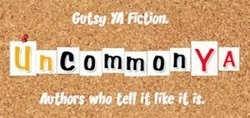  I'm a new member of YA Outside the Lines. This is my first blog post: Not Really An Essay About My English Teacher. Have a great weekend!
By Yvonne Ventresca  The Gulen Institute sponsors an annual essay contest for students in grades nine through twelve, worldwide. According to the website, "The contest challenges young minds to identify the obstacles to stable peace and social harmony and to offer possible solutions from their own cultural perspectives." This year's theme is global poverty. Cash prizes and sponosred trips to Washington, DC are awarded to the top thirty winners, with first place receiving $2000. Sample prompt: Discuss some innovative practices that have been particularly effective in reducing or eliminating poverty in some regions. Do they show any promise as a model for implementation elsewhere? Are they promising on a global scale?" -- Gulen Institute Youth Platform essay contest, 2015 Essays (written in English) must be between 1500 and 2000 words and are due December 15, 2014. See the contest website for the six writing prompts and complete guidelines. Good luck! Disclaimer: Word Pop blog is not associated with the running or judging of this contest. Please verify all rules, details, and guidelines on the contest website.
Kathy Temean is dedicated to helping other writers succeed, whether it's by serving as a past Regional Advisor for the NJ SCBWI (Society of Children's Book Writers and Illustrators) or by updating her blog, WritingandIllustrating.com, with useful information *every single day*. She offers information to help new children's writers and illustrators get started, posts for advanced writers/illustrators, and highlights published industry professionals. For this week's Friday Five, Kathy is sharing some helpful links from her blog. At WritingandIllustrating.com, there are five types of information visitors will find:  Kathy Temean Kathy Temean
Here are five "How to" articles from the first six months of 2014: Thanks to Kathy for the information and links. Her blog is one you'll want to bookmark.
September is National Preparedness Month! In my young adult novel, Pandemic, the main character is faced with an emergency situation when a deadly contagious disease strikes her New Jersey town and then spreads across the United States. During the writing of Pandemic, I researched “sheltering in place” (having the supplies needed to stay home during a disaster) and experienced Hurricane Sandy. It’s important to know what type of disasters could strike your geographical area and to be prepared for them. For more information, visit Ready.Gov or my Resources page. In honor of National Preparedness Month, I’m hosting an Emergency Preparedness Giveaway. One winner will receive the prize pack (pictured below) which includes:
Good luck! Please email me if you have any questions. GIVEAWAY RULES:
|
JOIN NOW!
Sign up for Yvonne's newsletter for exclusive content, book news, and other occasional author goodies. Archives
March 2025
Categories
All
|
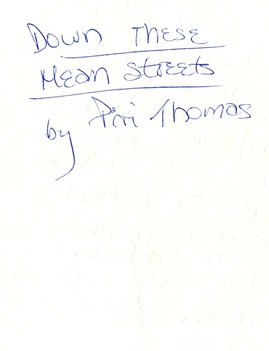
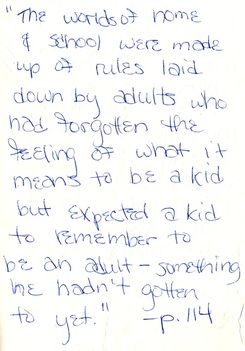
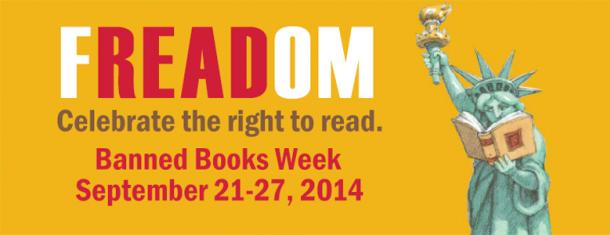
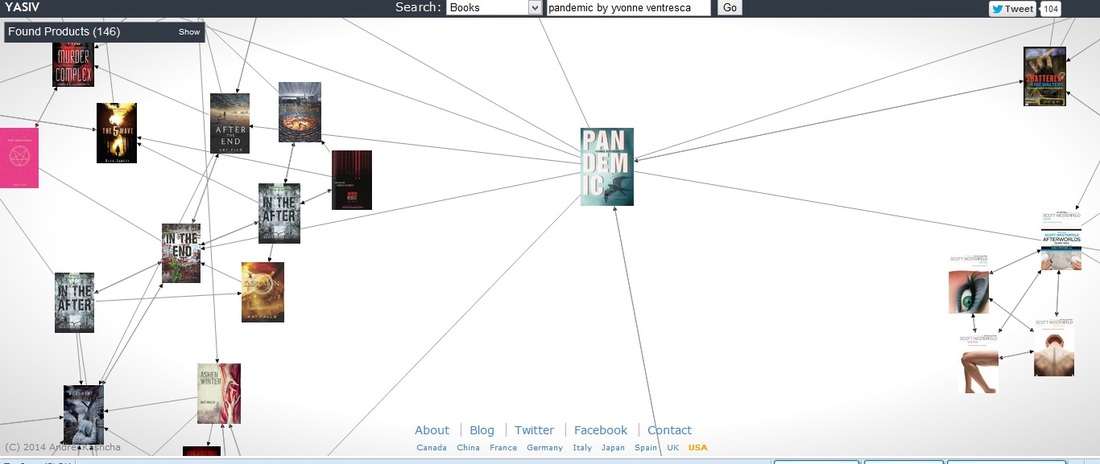

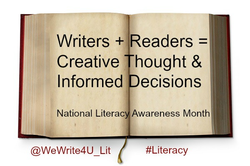
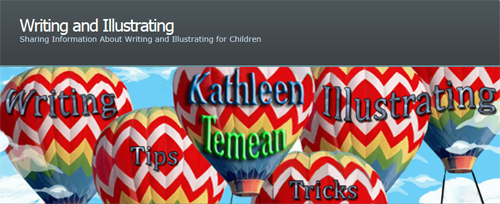
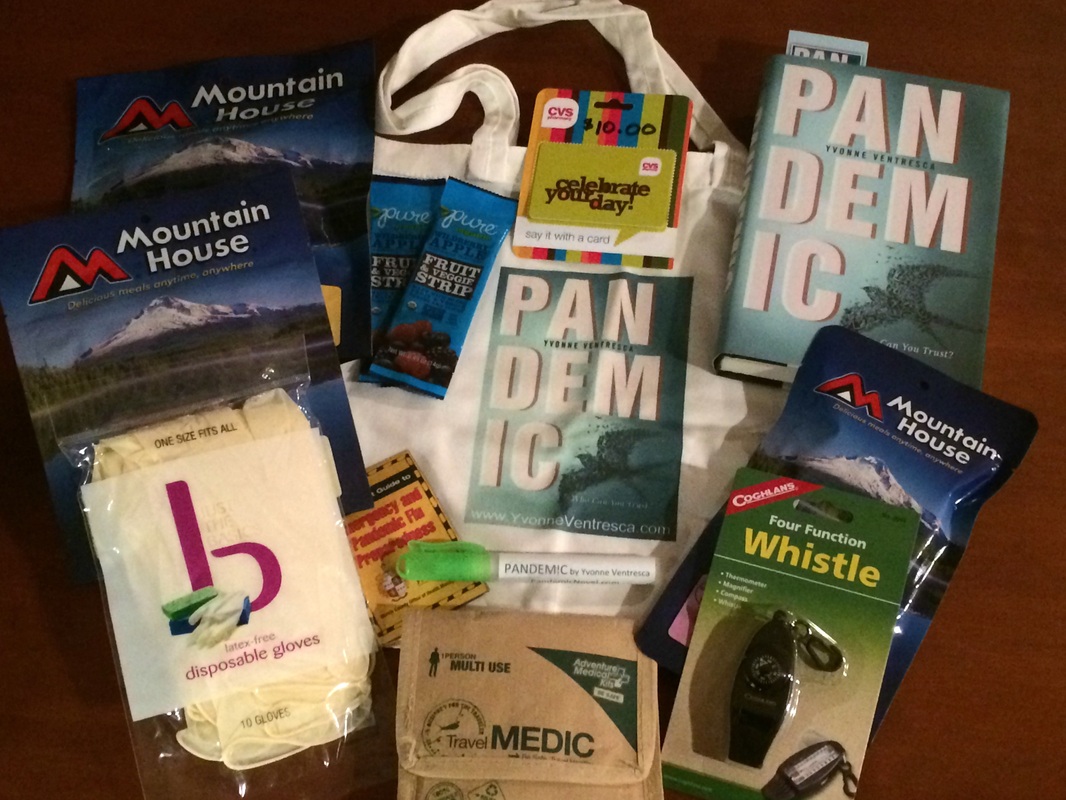
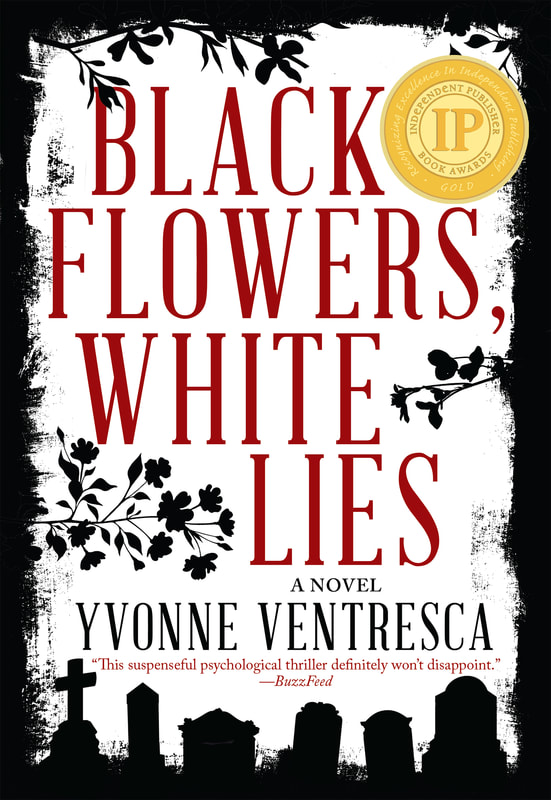
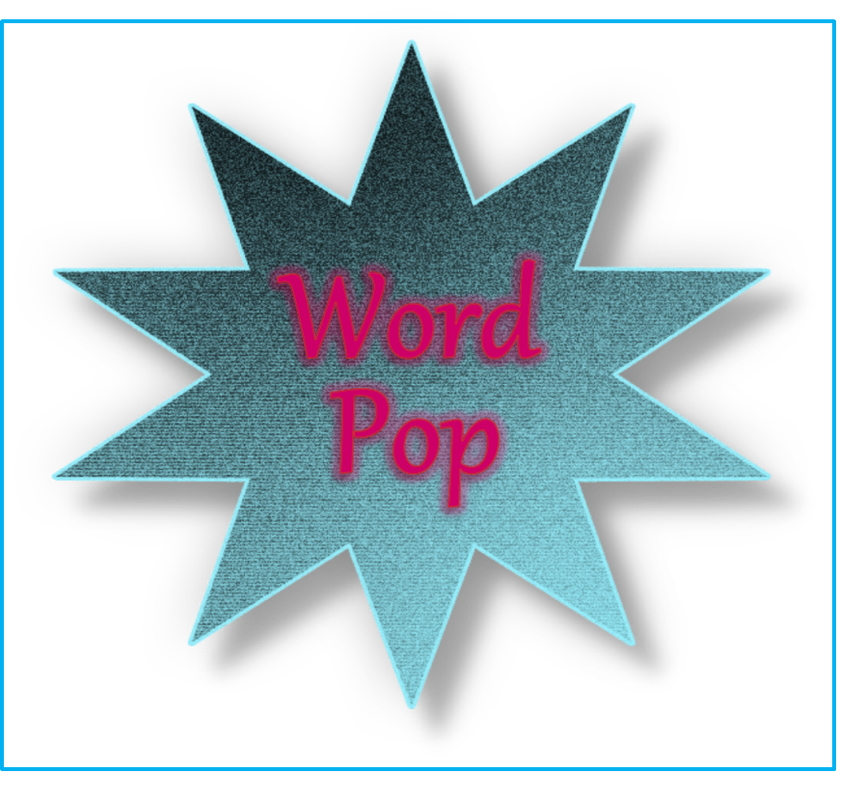
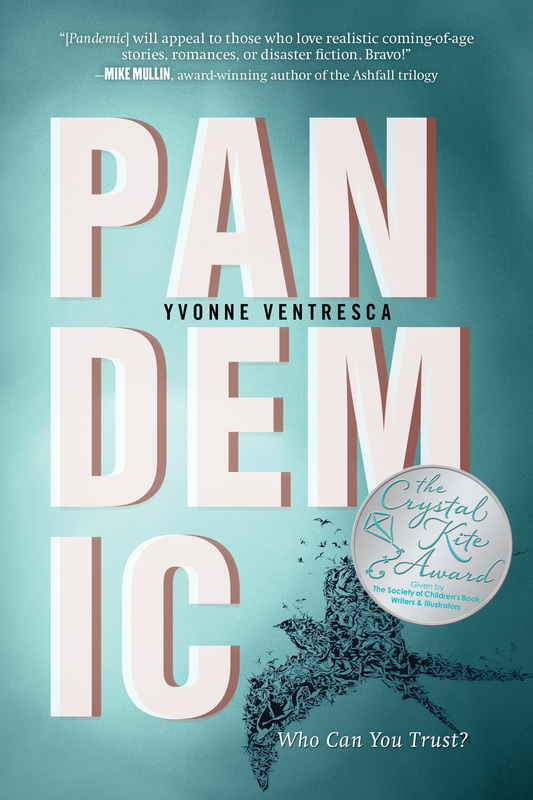
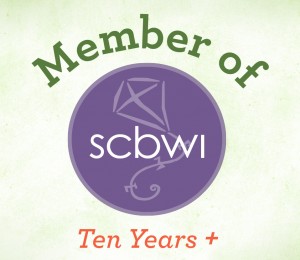

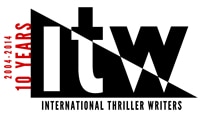
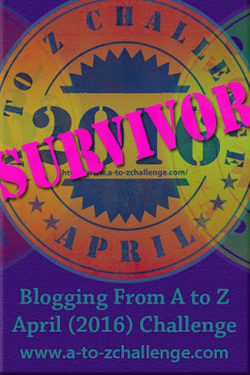

 RSS Feed
RSS Feed